Research and excavation are bringing the evocatively named Wolseong Palace into a new millennium
Gyeongju National Research Institute of Cultural Heritage
CHOI Moonjung
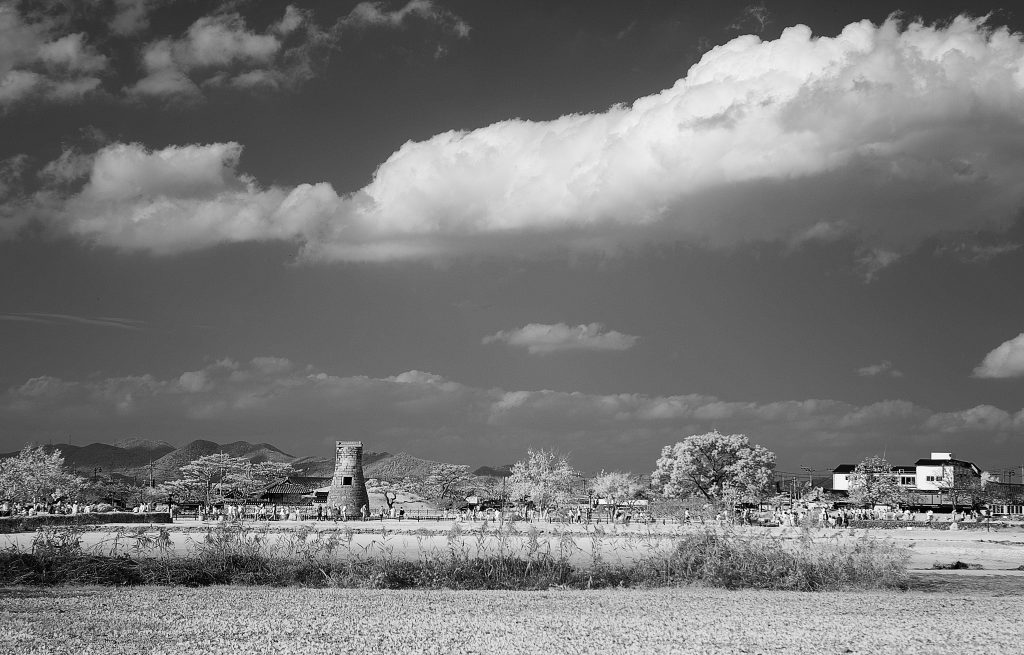

The remains of a Silla palace, occupied for 800 years, is helping Korea – and the world – unlock some of the secrets of the ancient kingdom
At the Heart of Silla
Gyeongju, a small city situated some 274 kilometers to the southeast of Seoul, evokes the ancient kingdom Silla (57 BCE-935 CE), which formerly occupied the southeast of Korea. At the city’s center there once stood a royal residence known as Wolseong Palace, or “The Moon Palace .”
德業日新 網羅四方
“Virtue is renewed day by day and covers all directions.”
– Samguk Sagi (History of the Three Kingdoms)
As if to realize the national wish embedded in the aforementioned adage and its abbreviation as conveyed in the name “Silla,” the ancient kingdom grew outwards from Wolseong Palace into a major axis of East Asia by annexing neighboring kingdoms and continuing to expand. Silla served as the hub of cultural exchange that connected with the Silk Road and civilizations across the sea.
Wolseong Palace was a royal palace of Silla located within its capital Seorabeol, present-day Gyeongju. As the center of politics, culture, and the economy, it would be home to countless kings and queens, associated royalty, and historical figures throughout the millennial history of Silla.
Wolseong is rich in legends. One story has it that within Wolseong Palace was a royal treasure trove known as cheonjongo, where manpasikjeok – a mythical flute capable of curing diseases and soothing ocean waves – was stored. As if enclosed by a folding screen, the palace was surrounded by Gyerim Forest. There, another legend tells that a person passing by the forest heard a rooster crowing and discovered a boy born out of an egg.
But it is also rich in tangible heritage. Nearby stood Cheomseongdae Observatory where ancient astronomers observed the stars; Donggung Palace and Wolji Pond featuring gorgeous landscape; and Hwangnyongsa Temple, the greatest Buddhist temple of Silla that featured a nine-story wooden pagoda that was a staggering 80 meters high.
Wolseong: The Moon Palace
The site of Wolseong Palace (Historic Site No. 16) is a hill in the southern part of an alluvial fan formed within the Gyeongju basin. The top portion of the site is flat land, with its periphery surrounded by fortress walls that are 2–7 meters high. The overall land slopes downward from north to south as well as from east to west. The palace thus stood on a vantage point overlooking the entire Gyeongju basin.
Donggung Palace and Wolji Pond are located 150 meters to the northeast of the palace’s East Gate Site. Wolseong Palace is 890 meters wide from east to west and 260 meters long from north to south, with an outer circumference of 2,340 meters and a total site area of 193,845 square meter.
Presumably, Wolseong Palace was named after the fact that its overall appearance resembles the moon. For the same reason, it was also referred to as Banwolseong, or “Half-moon Palace.” Some history and geography books from the Goryeo and Joseon periods also mention it as Sinwolseong and Manwolseong, meaning “New Moon Palace” and “Full Moon Palace,” respectively.
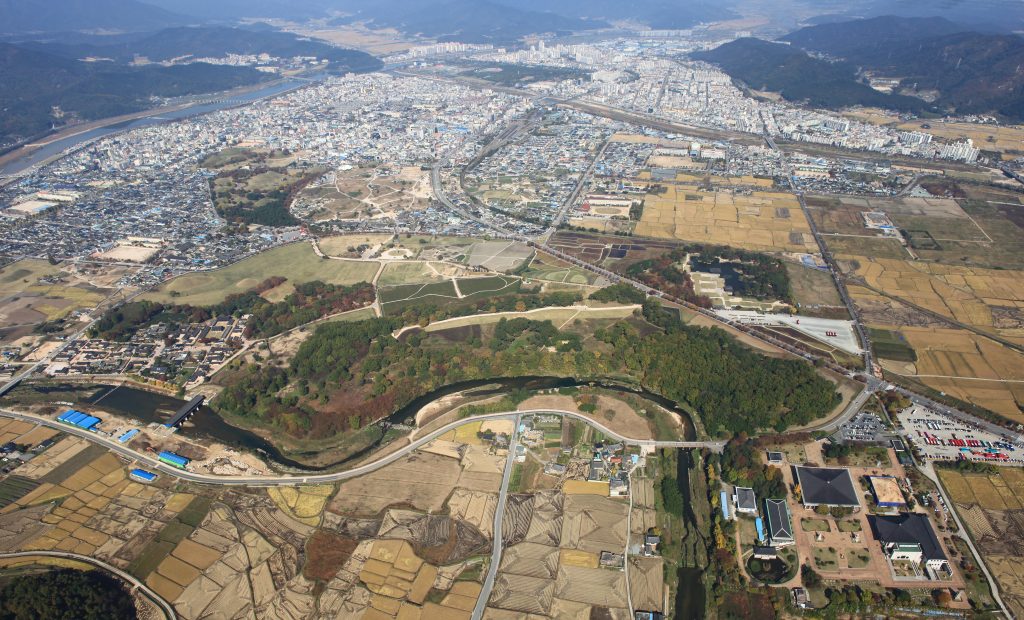

In the Pages of History
Records of Wolseong Palace appear in history books, such as the Samguk Sagi and the Samguk Yusa (Memorabilia of the Three Kingdoms), as well as geography books, such as the Sinjeung dongguk yeoji seungnam (Newly Expanded Geographical Survey of Korea) and the Donggyeong japgi (Miscellaneous Records of the Eastern Capital, Gyeongju).
Notably, the Silla Bongi (Silla’s Records) of the Samguk Sagi states that in the 22nd year of Pasa Isageum’s reign (101 CE), a palace was built and named Wolseong and in July of the same year, the king moved to the palace. Until the collapse of Silla, Wolseong Palace played the role of a royal palace. In 676, Silla achieved the unification of the Three Kingdoms. From that time, Silla’s royal capital began to transform into a city built on a well-designed planned grid, serving as the center of the millennial kingdom’s cultural bloom. A record from the 6th year of King Heongang’s reign written in the Samguk Sagi says, “Along with his subjects, the king went up to Wolsangnu Pavilion, looked around, and saw that the houses of his people in the capital were all connected, with the sounds of singing and music never ceasing.” According to the Samguk Yusa, Silla in its heyday administratively consisted of 1,360 bang (坊) 55 ri (里) with 178,936 households and 35 aristocratic houses known as geumiptaek (a house decorated with gold).
Moats: Wolseong Palace Defense Facilities
In general, moats are created near and adjacent to the outer walls of the fortresses. They are designed as barriers against enemy attacks, using an artificial ditch or a natural river. In the southern part of Wolseong Palace, the Namcheon Stream served as a natural moat, whereas the eastern, western, and northern parts were surrounded by human-made moats, which were confirmed to have been steadily managed. Wolseong’s moats were first created in the 5th century and reinforced with stacked stonework after Silla’s unification of the Three Kingdoms in the late 7th century. The ancient engineers created a ditch that connected to Namcheon Stream, enabling the uninterrupted utilization of Wolseong Palace and its neighboring spaces.
Wolseong moats also played an important role of separating the inner and outer spaces of the palace, controlling water levels, and landscaping the area.
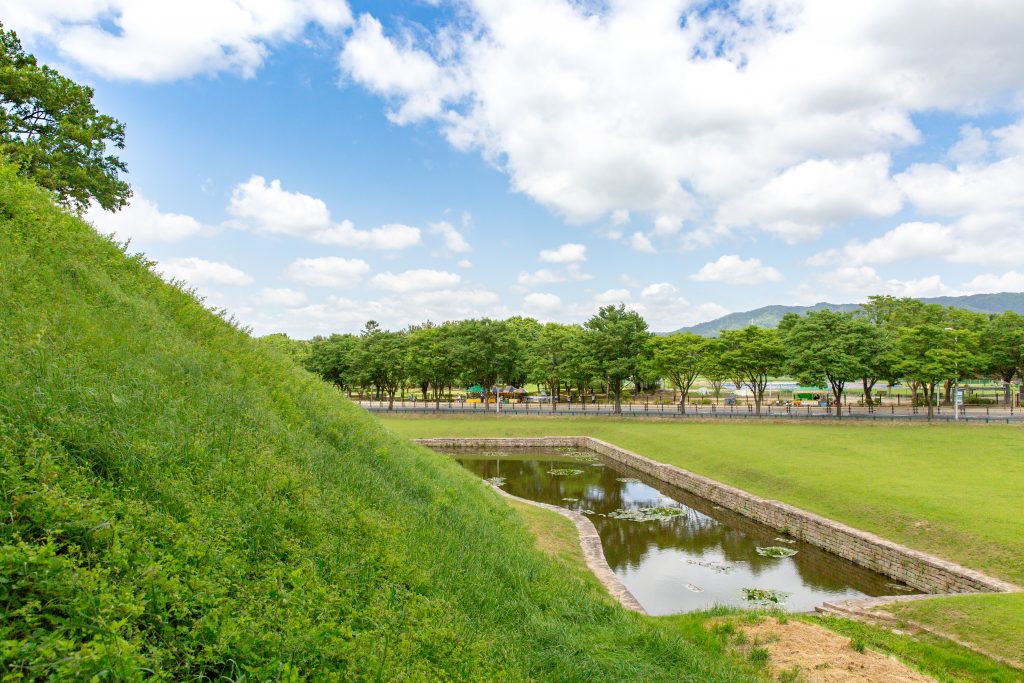

Eastern Defenses of Wolseong Palace
As the creation of the moat system suggests, Wolseong combined the functions of a palace with the defenses of a fortress. To build the palace walls, Silla engineers must have taken advantage of all the best available methods to protect the sovereign.
The walls themselves are earthen ramparts. For construction, the earth foundation was packed down, the central part was built, and firm layers were added horizontally to create the inner and outer surfaces of the walls. To reinforce the foundation, the bottom-most layers were created by alternately stacking a soil layer and a layer consisting of tree branches and leaves that could help secure the adjacent soil layers. Wooden structures used as supports were also found. The core parts of the walls were reinforced by stacking varying types of soils held in different pouches, or by inserting layers of burned straw in between layers of soil.
Underneath these layers were the remains of human sacrifices – a custom that embodied the Silla people’s wish to ensure the robustness of the walls. Two instances of human sacrifice were discovered. One is a man in his 50’s lying on his back with neatly placed limbs, and the other is woman in her 50’s lying on her back with her face facing the man. Tree bark was also discovered around their skulls. There were no extra pits to bury their remains, and four pieces of earthenware, including cup-style earthenware were discovered around the remains.
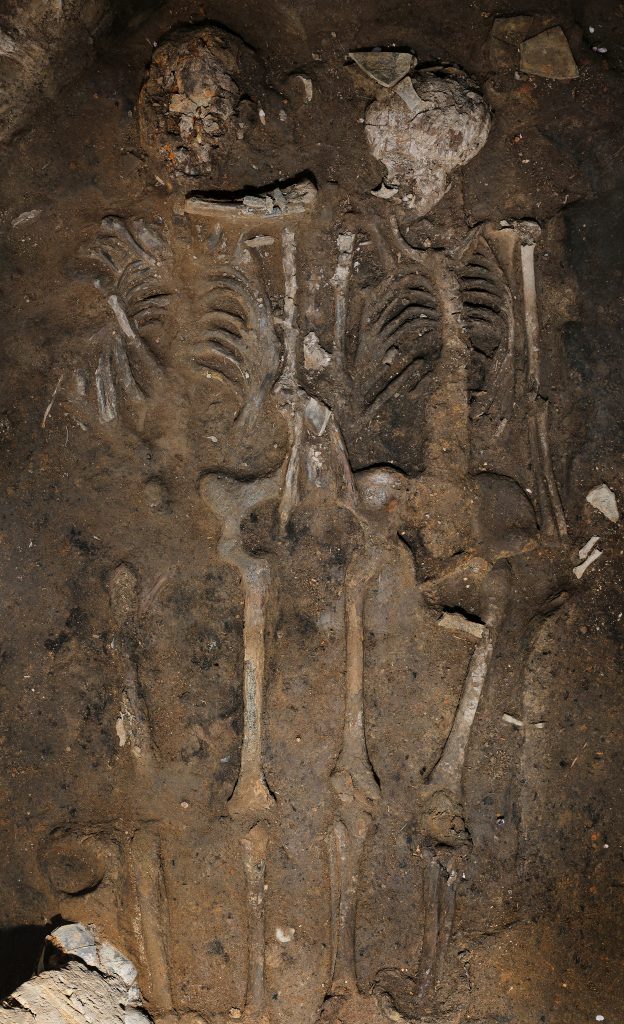

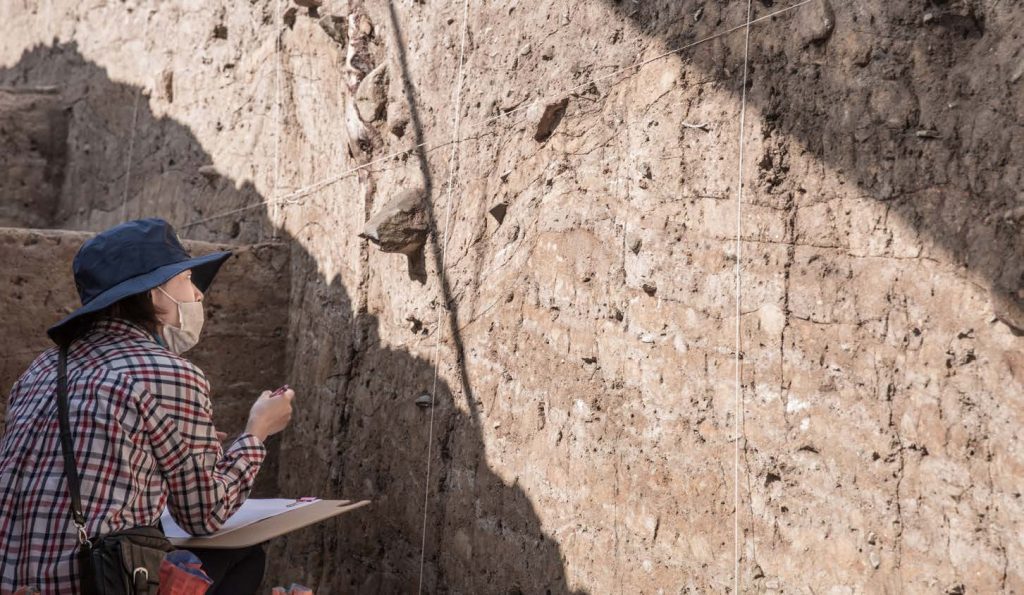

800 Years of Remains
According to the Samguk Sagi, Wolseong Palace was occupied for more than 800 years (101–935 CE). As such, building features within the palace and the remnants of spatial use are densely packed and often overlapping. Currently under excavation is a 6,400 square meter area, where 17 small and large building features have been identified.
Notably, a large number of roof tiles, as well as more than 100 shards of inkstones and inkstone legs, have been uncovered. Inkstones are valuable artifacts demonstrating the existence of a literary culture in Silla. Though not everyone was able to read and write at the time, the inkstones suggest that people in the royal palace were engaged in literary activities. At the same time, the fact that the discovered inkstones are not ornate in design indicating that they served as practical tools used for drafting documents.
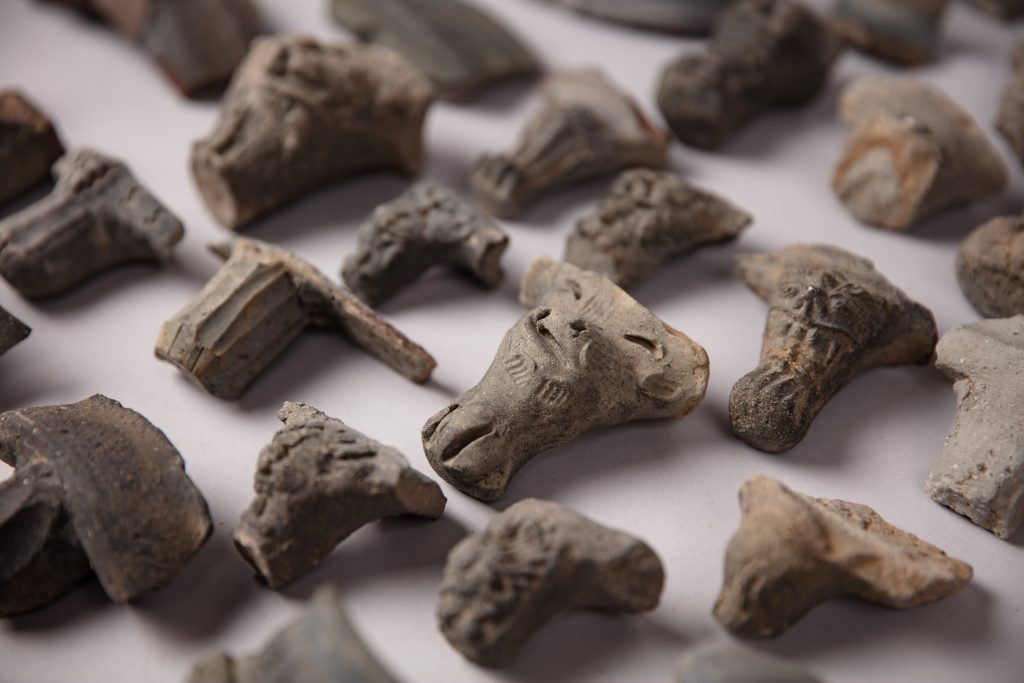

Reimagining Silla’s Flowers, Trees and Landscapes
One major resource in the Wolseong moats is ancient organic matter that can be used to infer information about the environmental and living conditions at the time – for instance, what staple foods were consumed, what types of meats and vegetables were eaten, what kinds of flowers grew around Wolseong Palace, and what trees stood there. The shape of a seed, animal remains, and other clues can help unravel the mysteries of ancient life in Silla.
At the same time, diverse wooden artifacts and the remains of wooden defensive facilities related to the moat are keys that help us unlock the mysteries of the past. Most notably, a model ship (Length: 38.6 centimeters; Width: 5 centimeters; Height: 4.2 centimeters) was recovered from the moat – helping us imagine what vessels looked like in that period. In Korea, remains of actual ships and wooden ship models are rare; this model ship is probably the oldest among them. It is in the form of a semi-structured ship, a halfway form between a dugout canoe and today’s structured ship designs, featuring a distinct bow and stern as well as structures on a deck. Interestingly, the inner and outer surfaces of the model ship’s middle portion show signs of fire damage.
From a folkloric perspective, as a mode of transportation on rivers and seas, ships symbolize communication between spaces. Fire, on the other hand, symbolizes forestalling calamity (extinction), purification, and renewal. In this light, the burn marks suggest that the model ship was used for rituals related to the royal palace and water to fulfill the wishes of the Silla people.


Wolseong Palace: Gyeongju’s Millennial Time Capsule
In 2000, in recognition of Wolseong Palace’s historical and cultural value, UNESCO designated the palace and its surroundings a World Heritage site, under the name Gyeongju Historic Areas. Since the designation, Wolseong Palace, one of the major archaeological sites within the Gyeongju Historic Area, has been recognized as precious cultural heritage shared not only by the Korean but also by the global community.
In 2014, the excavation team of the institute began to dig up soil from Silla with a goal to uncover the mysteries of a millennium that had been buried deep. Through this effort, invaluable cultural remains including ceramic vessels used by the Silla people, clay figurines reflecting daily life of the time, wooden tablets with inscriptions, bones of animals that once roamed in Wolseong Palace and the seeds of a lotus flower that must have bloomed beautifully have been uncovered. This journey will continue until the day we can unravel the millennial riddles of Silla and genuinely recreate the actual conditions of the ancient kingdom.
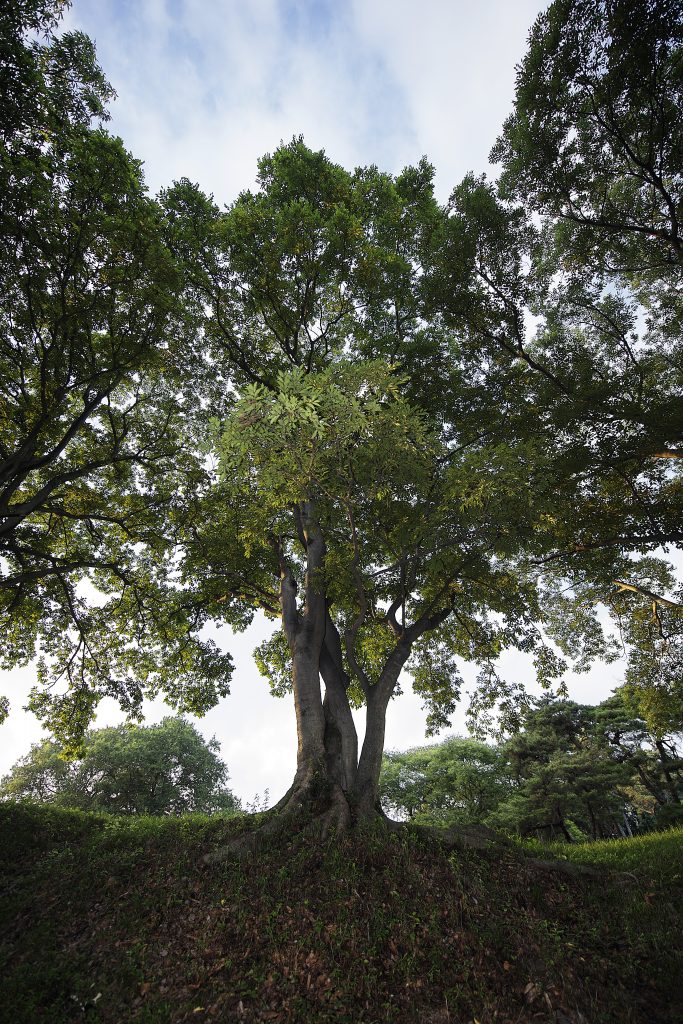




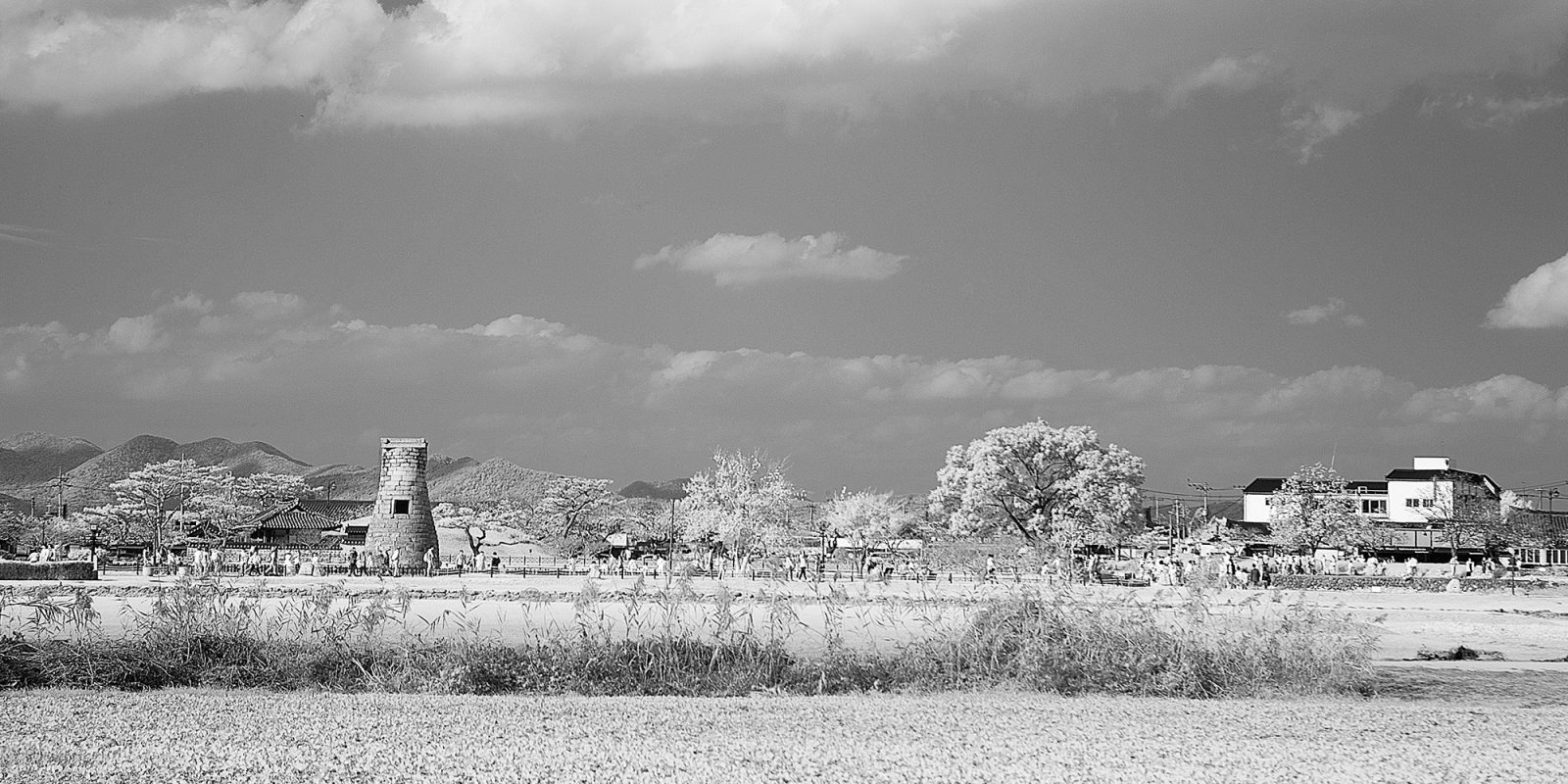
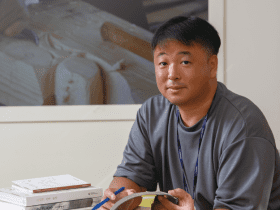
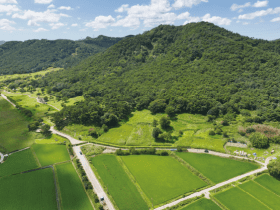


Leave a Reply